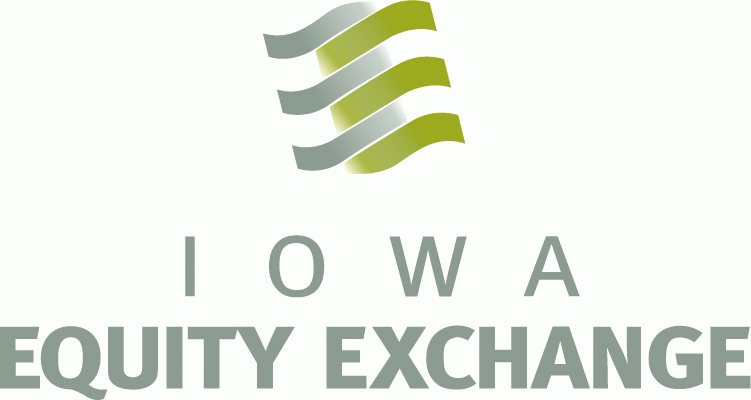TO COMBINE OR NOT COMBINE -- THAT IS THE QUESTION
What the title of this article refers to is whether or not it makes sense to sell or buy more than one property in a single Section 1031 tax-deferred exchange. First we must establish the fact that more than one property can be sold and/or purchased within one 1031 exchange. In other words, a taxpayer can sell two or more properties and combine those sales into one exchange, out of which the taxpayer can buy one replacement property. Likewise, the taxpayer can sell one property and buy two or more properties as his or her replacement property in an exchange. Or a taxpayer can sell two or more properties and buy two or more properties as replacement property in a single exchange.
“With proper advance planning and careful oversight, it is entirely possible to complete a successful exchange with multiple properties on either or both sides of the exchange”
Many times clients or potential clients contact us with questions about the benefits and the hurdles when considering whether to combine multiple properties into one 1031 exchange. Let's try to break it down. Here are some questions to consider when making such a decision:
Regarding multiple relinquished properties:
Will my relinquished properties all close at once, or within a short period of time? (If so, it will make combining them into one exchange much easier.)
If not, am I sure that they will all close with enough time remaining to complete the exchange within the 180 days allowed?
Regarding multiple replacement properties:
Will I be able to complete the purchase of all replacement properties within the 180 day exchange period?
Regarding multiple relinquished properties AND multiple replacement properties:
Will my relinquished properties close in a sequence that will allow me to close on the replacement properties in accordance with my purchase agreements and/or the sellers' requirements?
Sometimes an example is better than all of the explanation in the world.
For the first example, let's assume that I own two properties and each one is worth $150,000. I would like to sell both and purchase as my replacement property one larger property valued at $300,000. Doable, to be sure, but there are some potential pitfalls. Let's say my first sale closes on January 1. This establishes the beginning date of the exchange, which means it will end 180 days later on June 30 (assuming we're not in a leap year). The seller of the property I want to buy is willing to wait until April 1 to close. On March 15, the date the second sale was scheduled to close, the buyer of my second property runs into difficulty obtaining financing, or worse, backs out of the agreement. The seller of the property I want to buy may allow me an extension, but he may not. Even with an extension, if the second relinquished property doesn't close in time to allow me to close on the property I want to buy, my exchange is in serious jeopardy of failing.
For the second example, let's assume the reverse: I own one property that I am selling for $300,000 and I want to purchase two properties, each worth $150,000. This setup is usually less problematic than the first example, but there still can be issues. Let's again say that closing of the relinquished property occurs on January 1. My exchange account is opened with $300,000 (disregarding expenses of sale, etc.), and I identify only the two properties that I want to purchase as my potential replacement property. On March 15, I close on the first property. However, the second property has a cloud on the title, or there is an environmental issue that must be resolved. There could be any number of possible problems that could keep the second property from closing. (This is one reason to always identify a reasonable number of potential properties during the ID process, subject of course to the limitations that the rules impose, so that you have a fallback plan if something prohibits you from closing on your first choice.) If the issues preventing the purchase from being completed are not resolved prior to the end of the exchange period on June 30, my exchange will only be partially successful and I may have a sizable tax bill for the money I could not put into the second property I had planned to purchase.
The answer to the question of whether you should combine properties into one exchange or not is the favorite answer of all advisers: It depends. With proper advance planning and careful oversight, it is entirely possible to complete a successful exchange with multiple properties on either or both sides of the exchange; we do it on a regular basis for our clients. But do your homework and make sure your ducks are in a row before entering into what is typically an endeavor that carries a little more risk than a regular one-property-for-one-property Section 1031 exchange.
© IOWA EQUITY EXCHANGE

